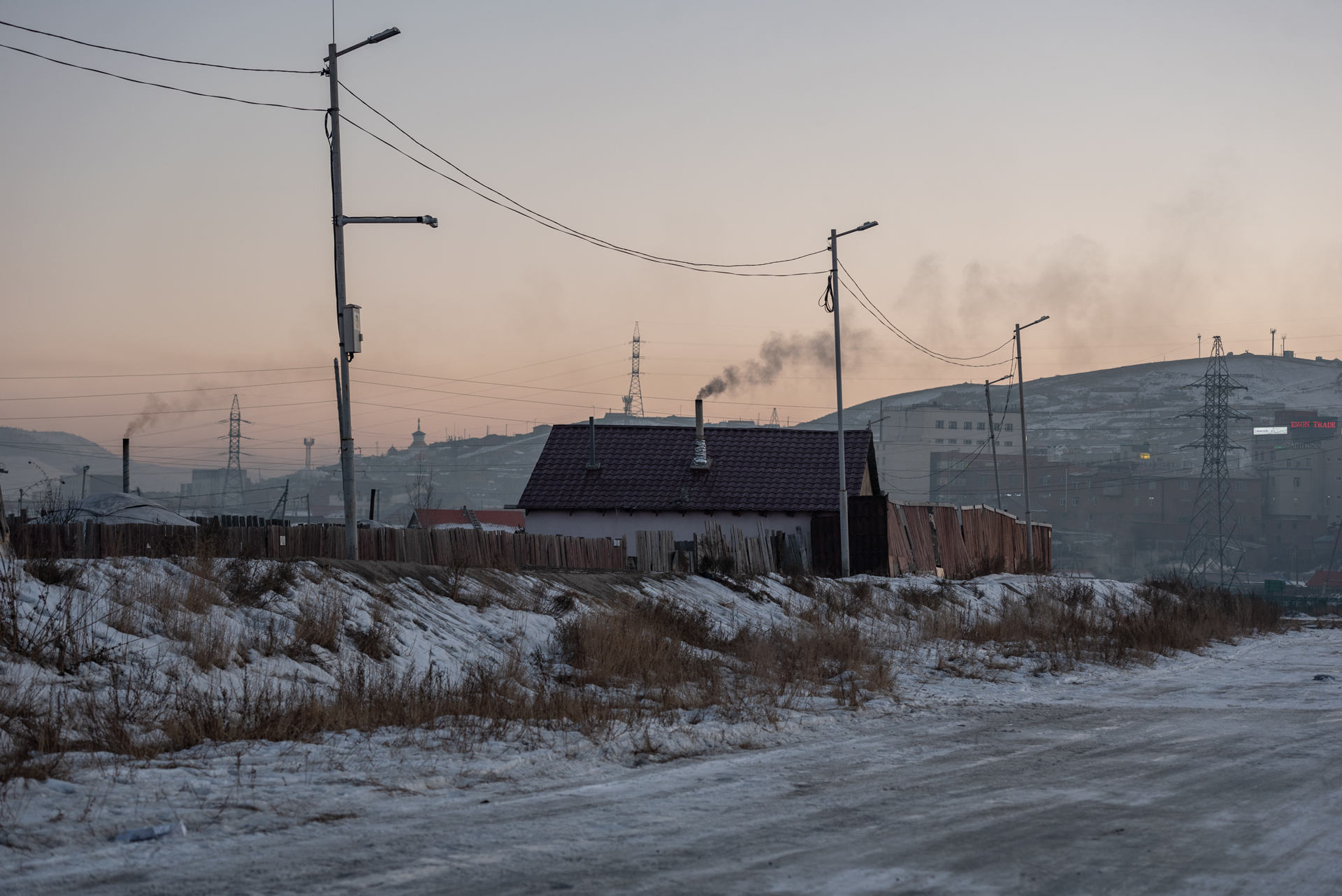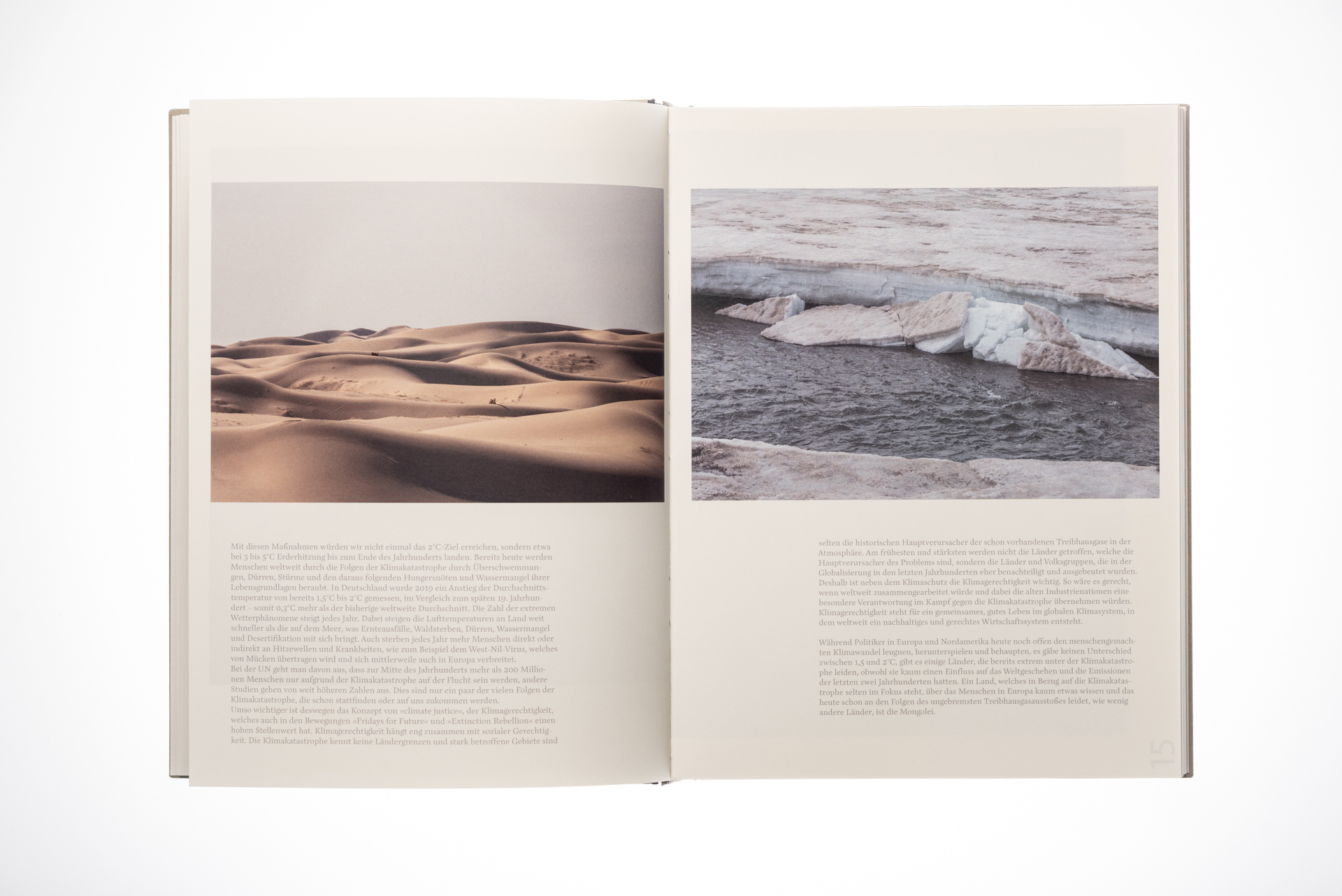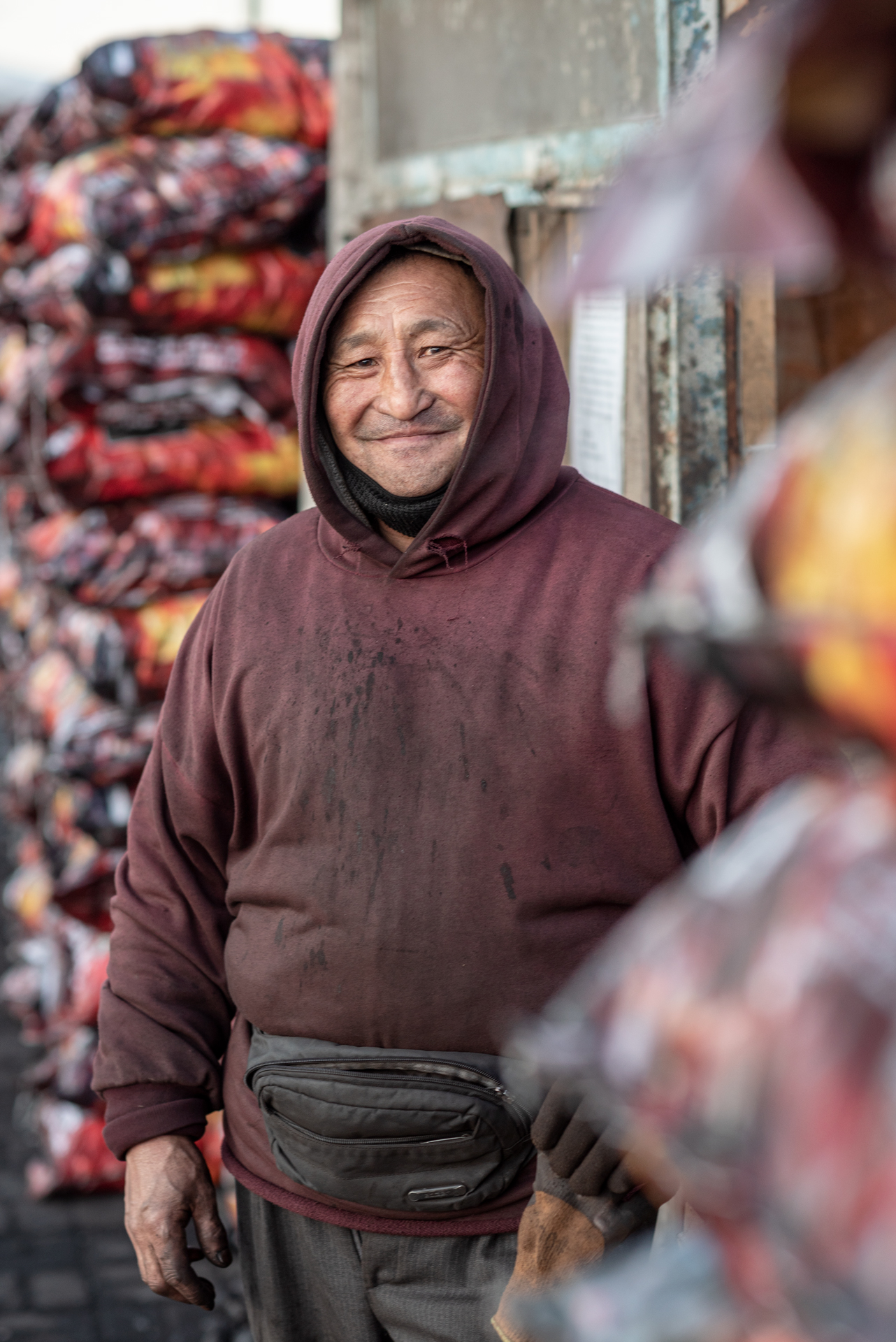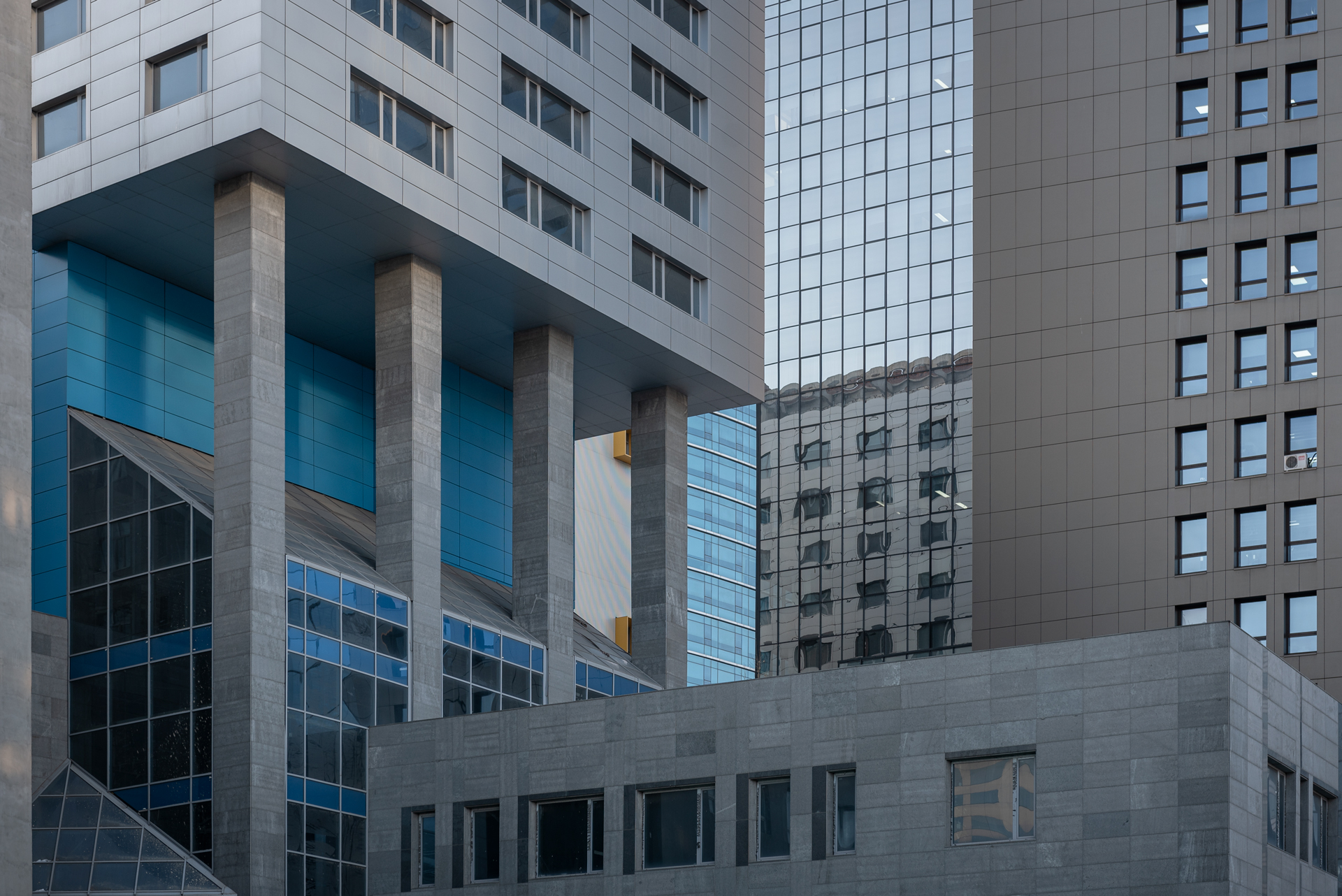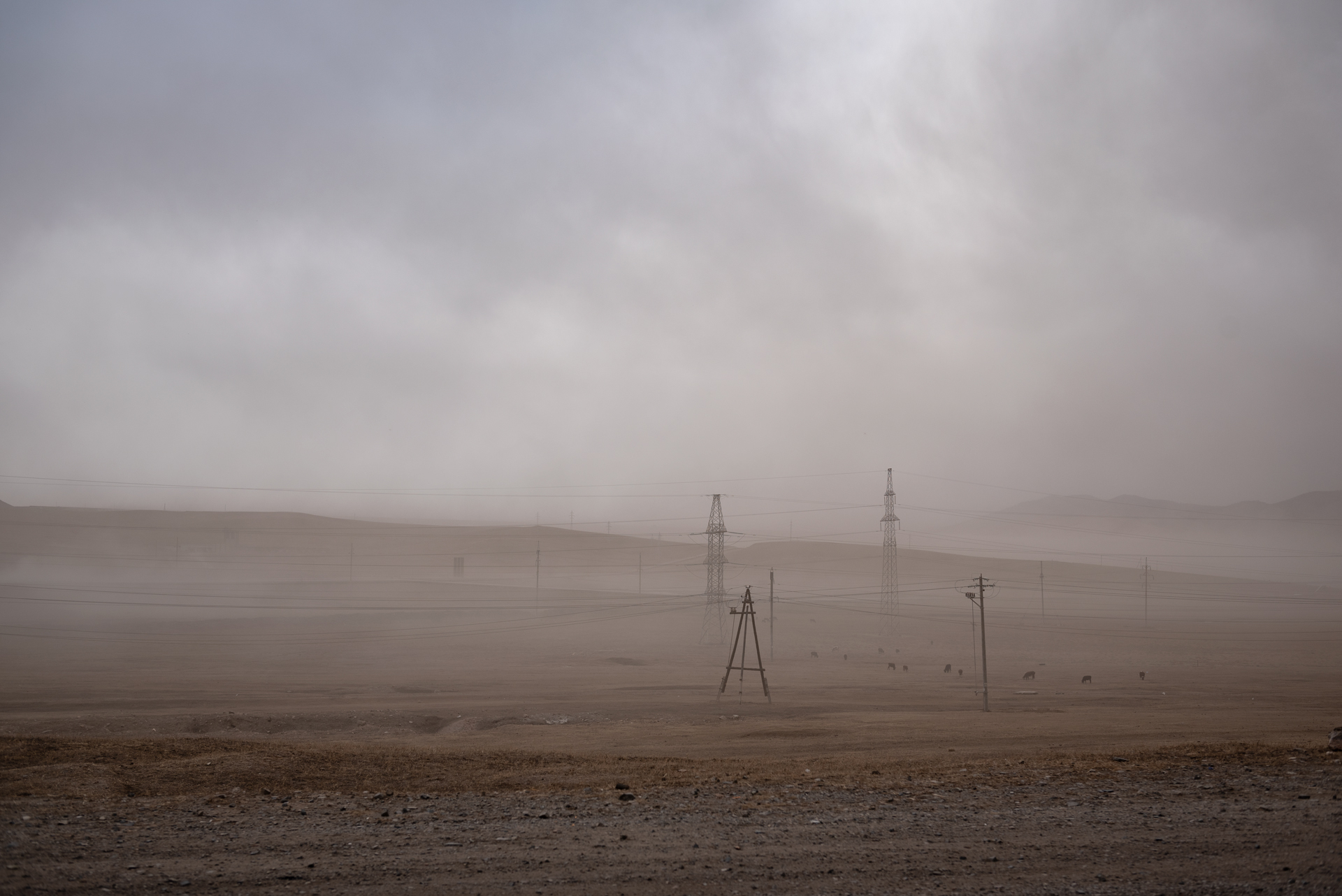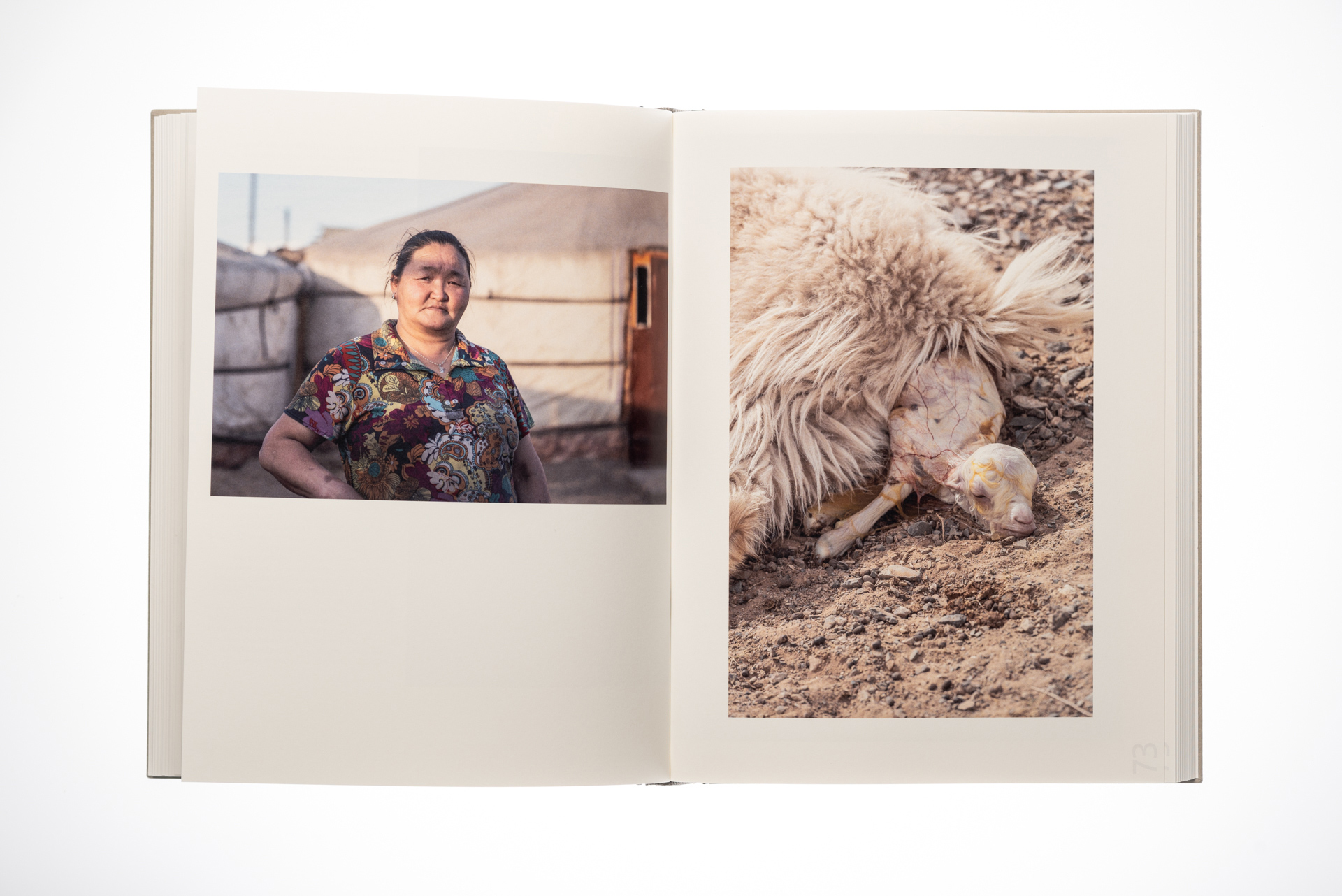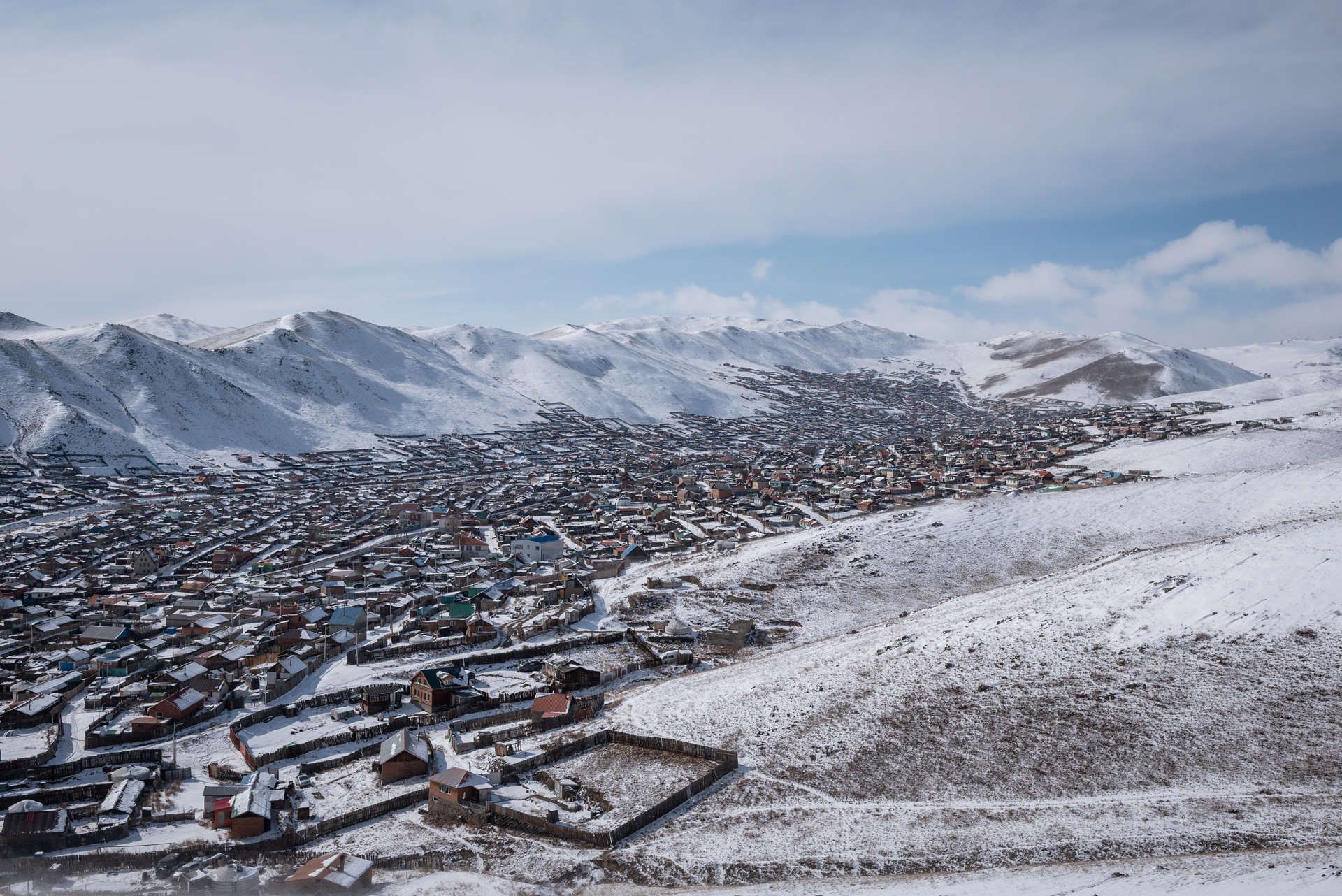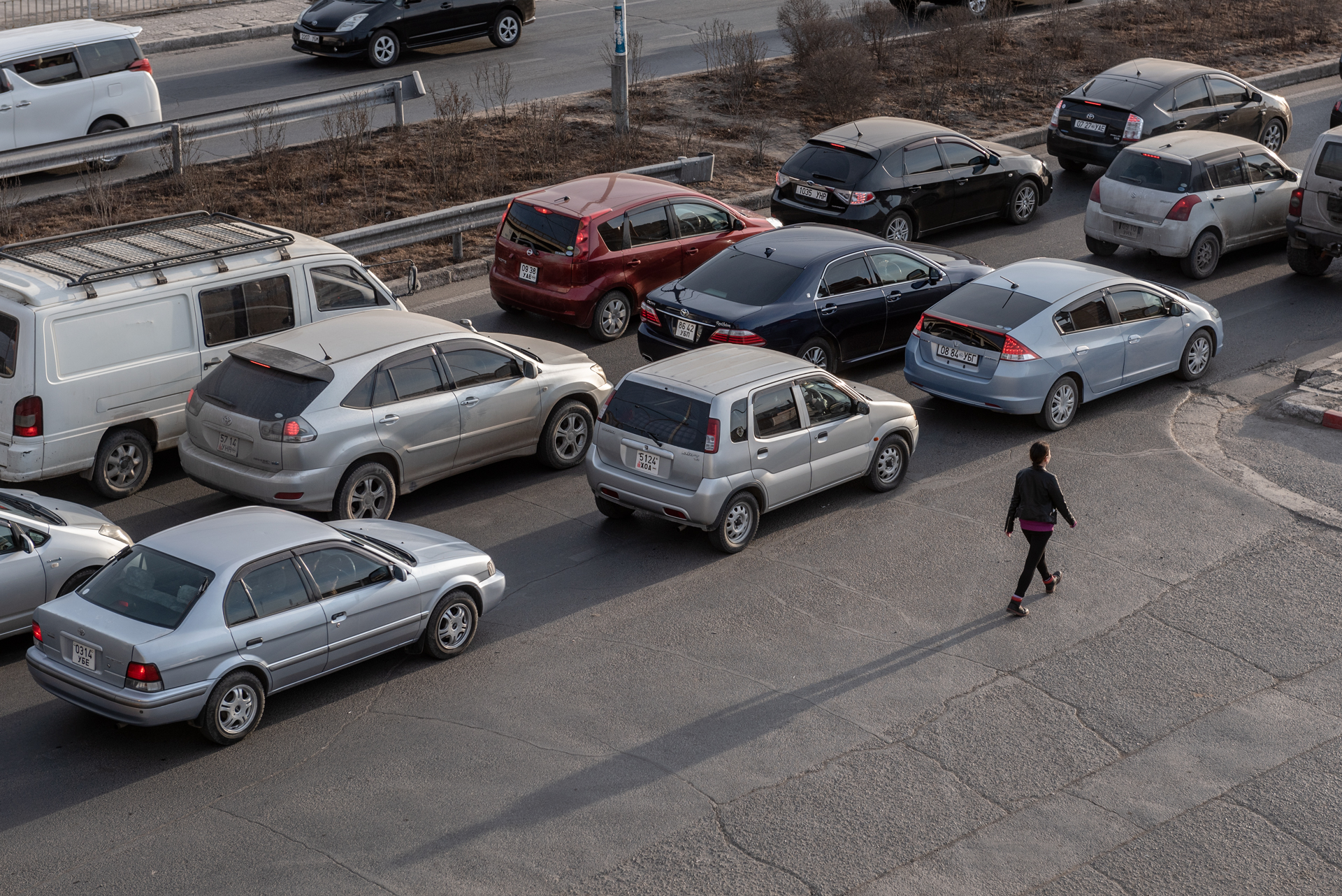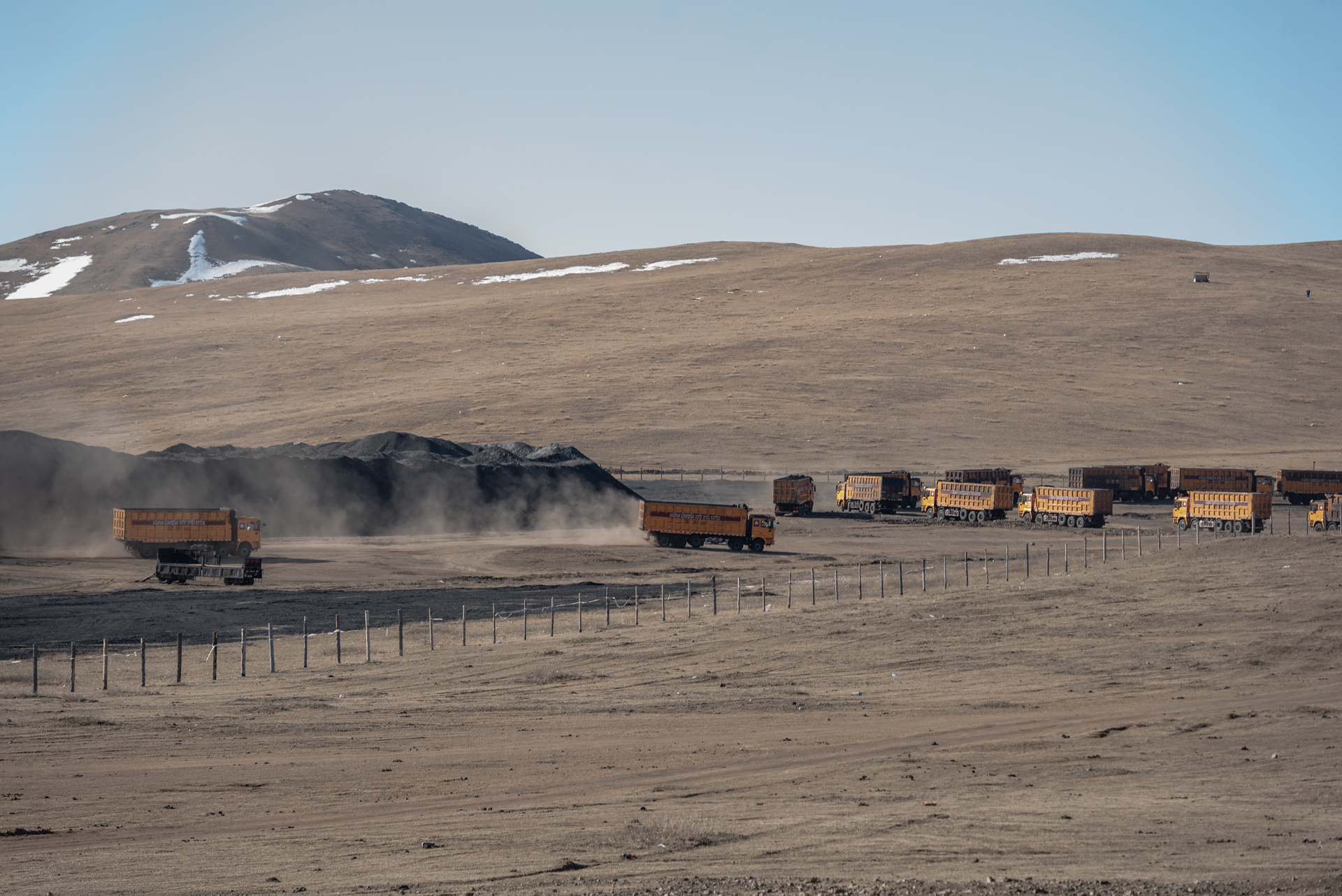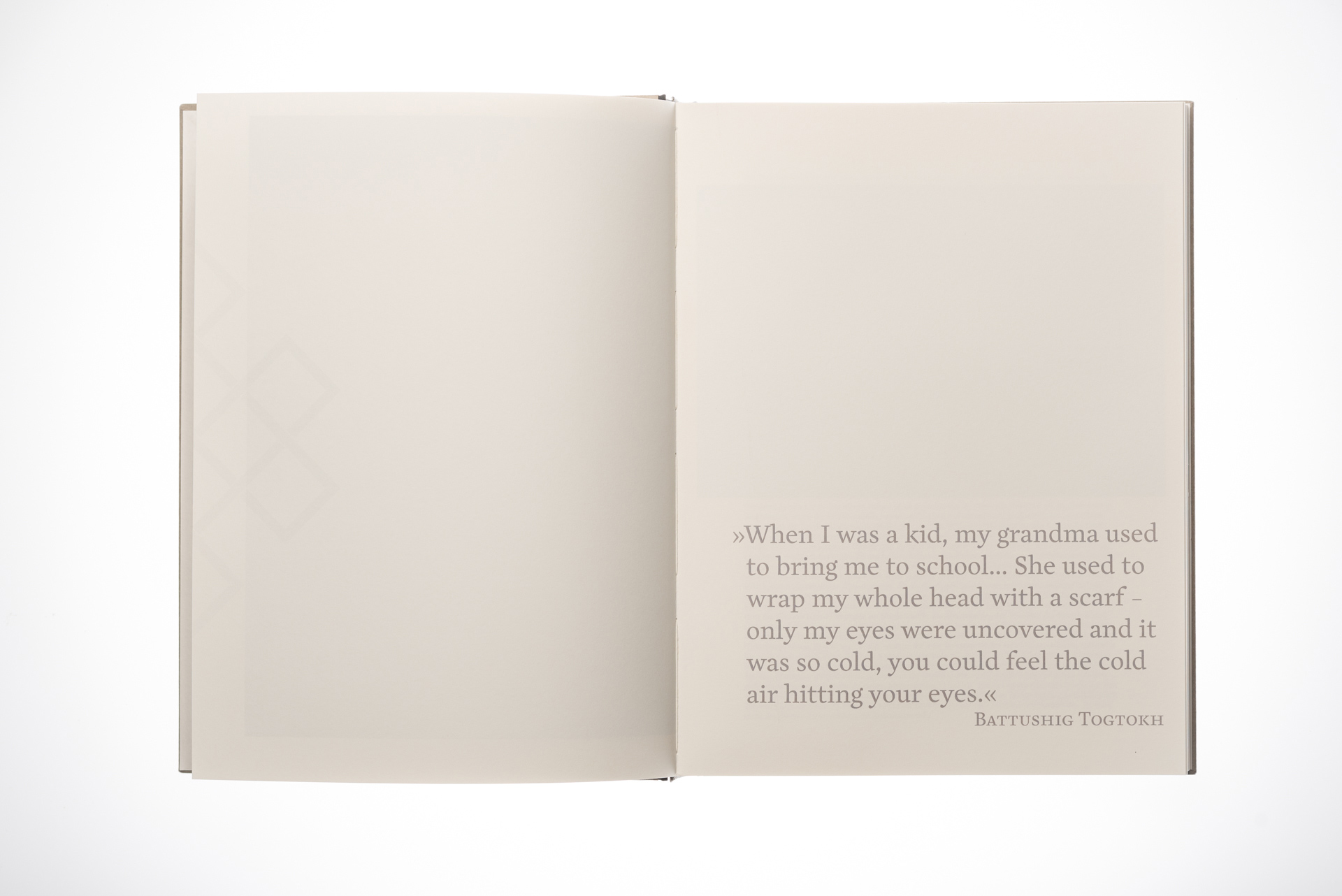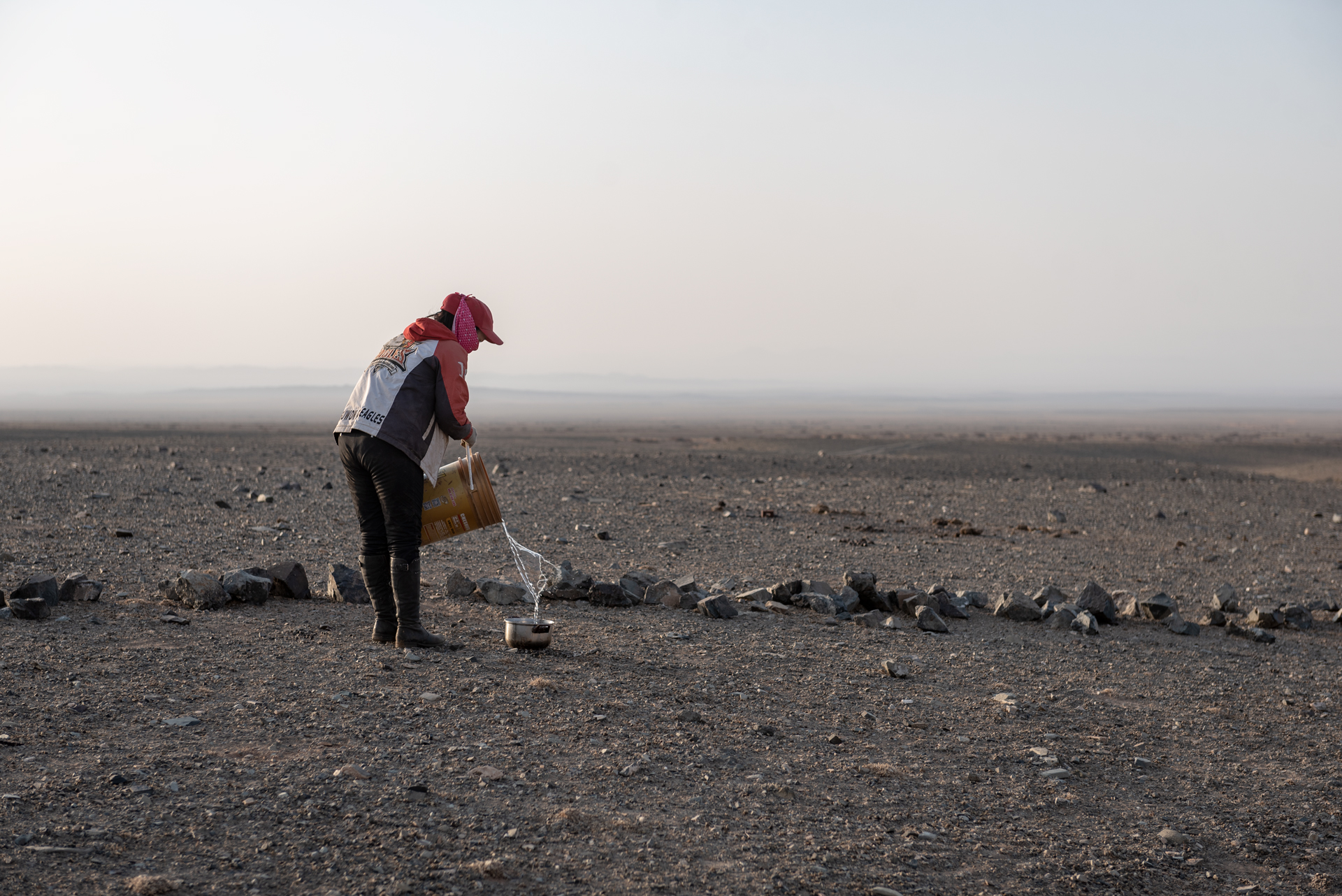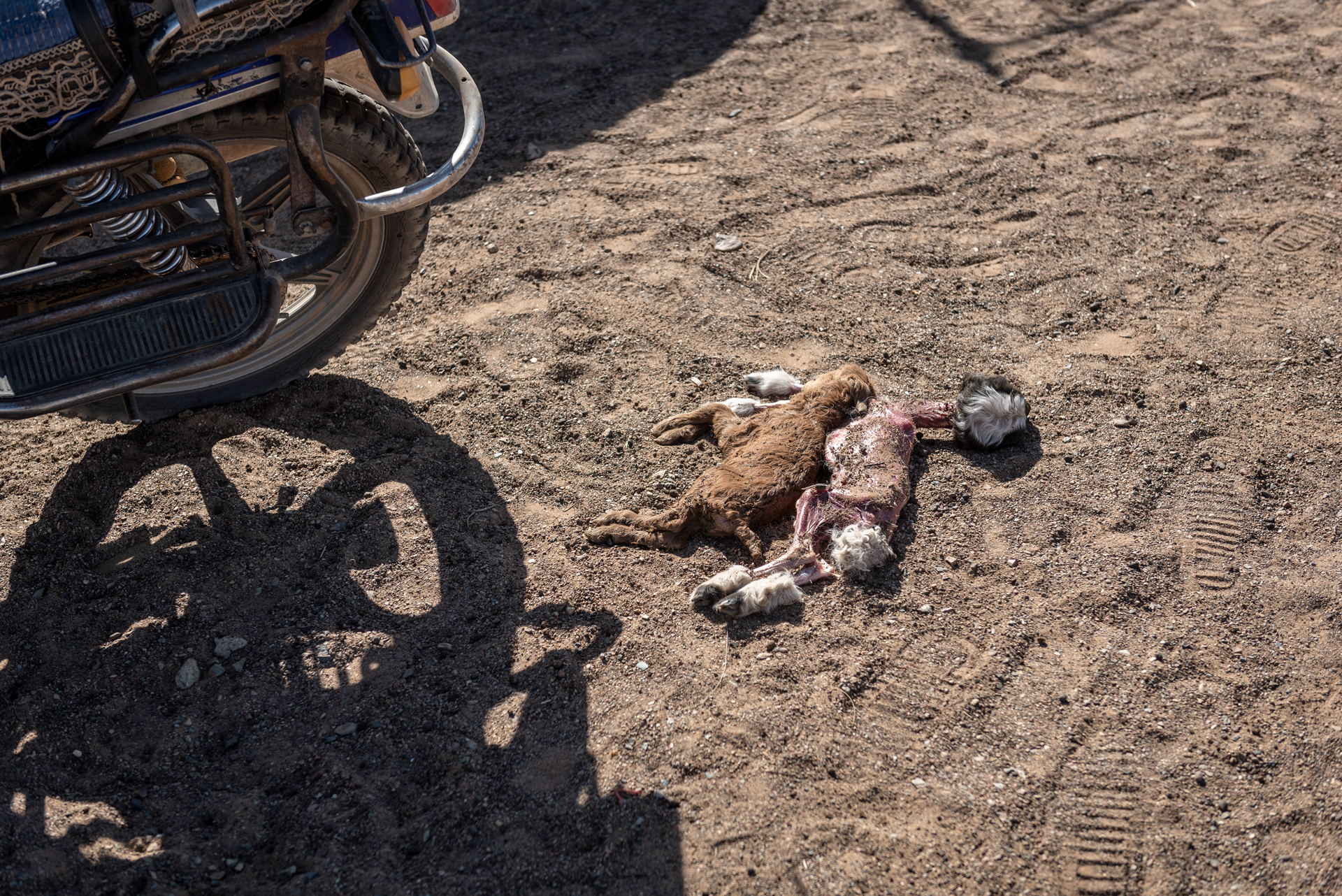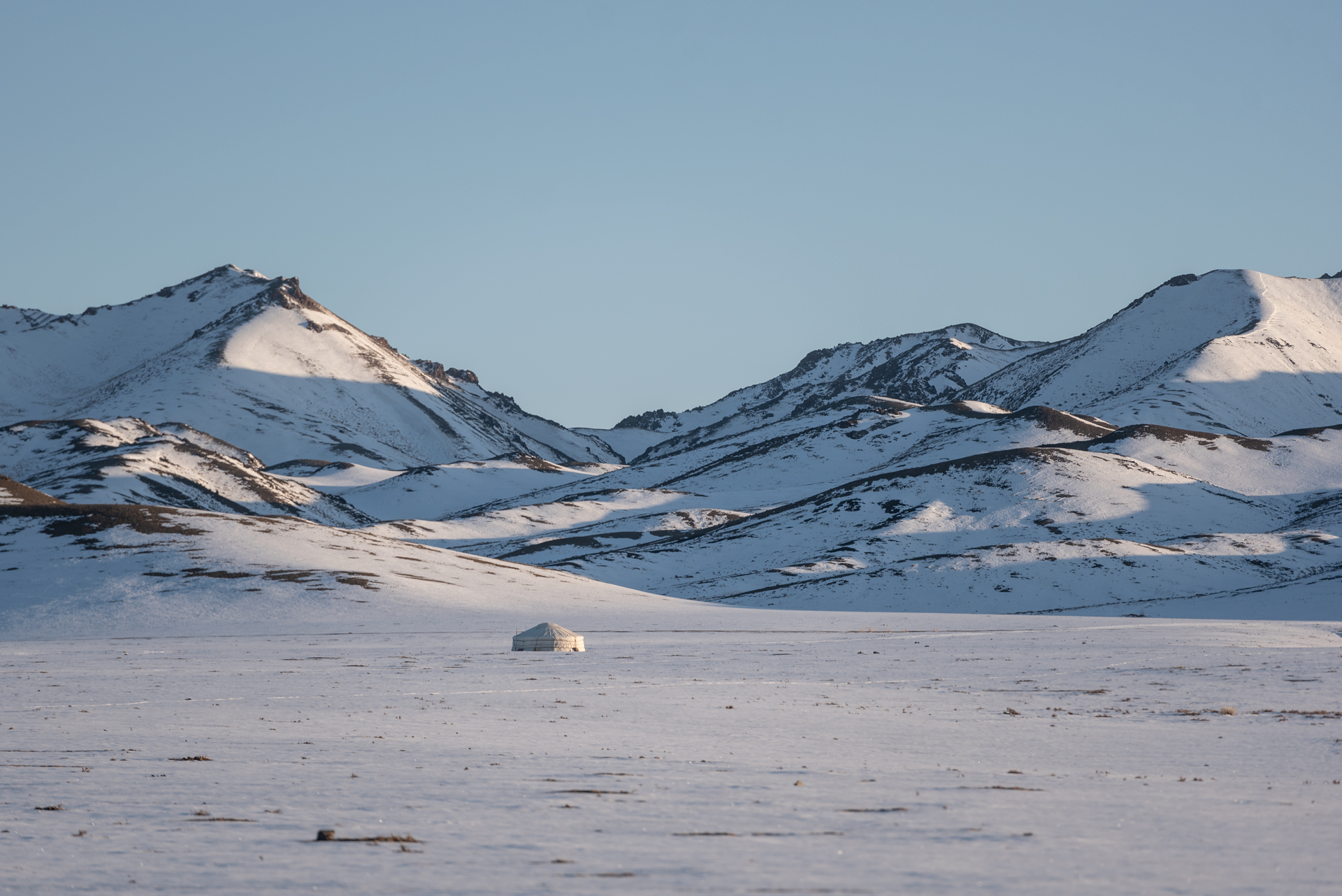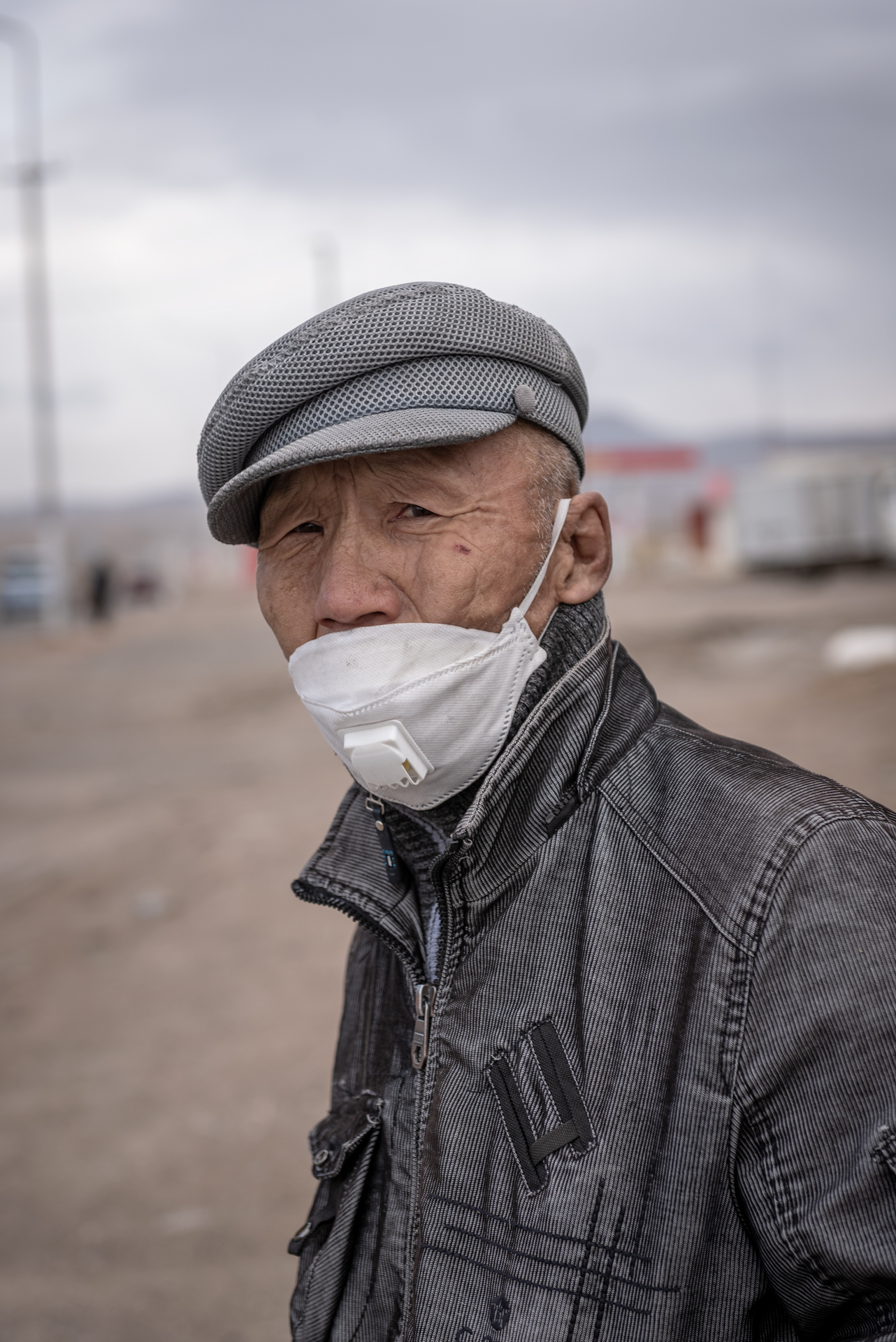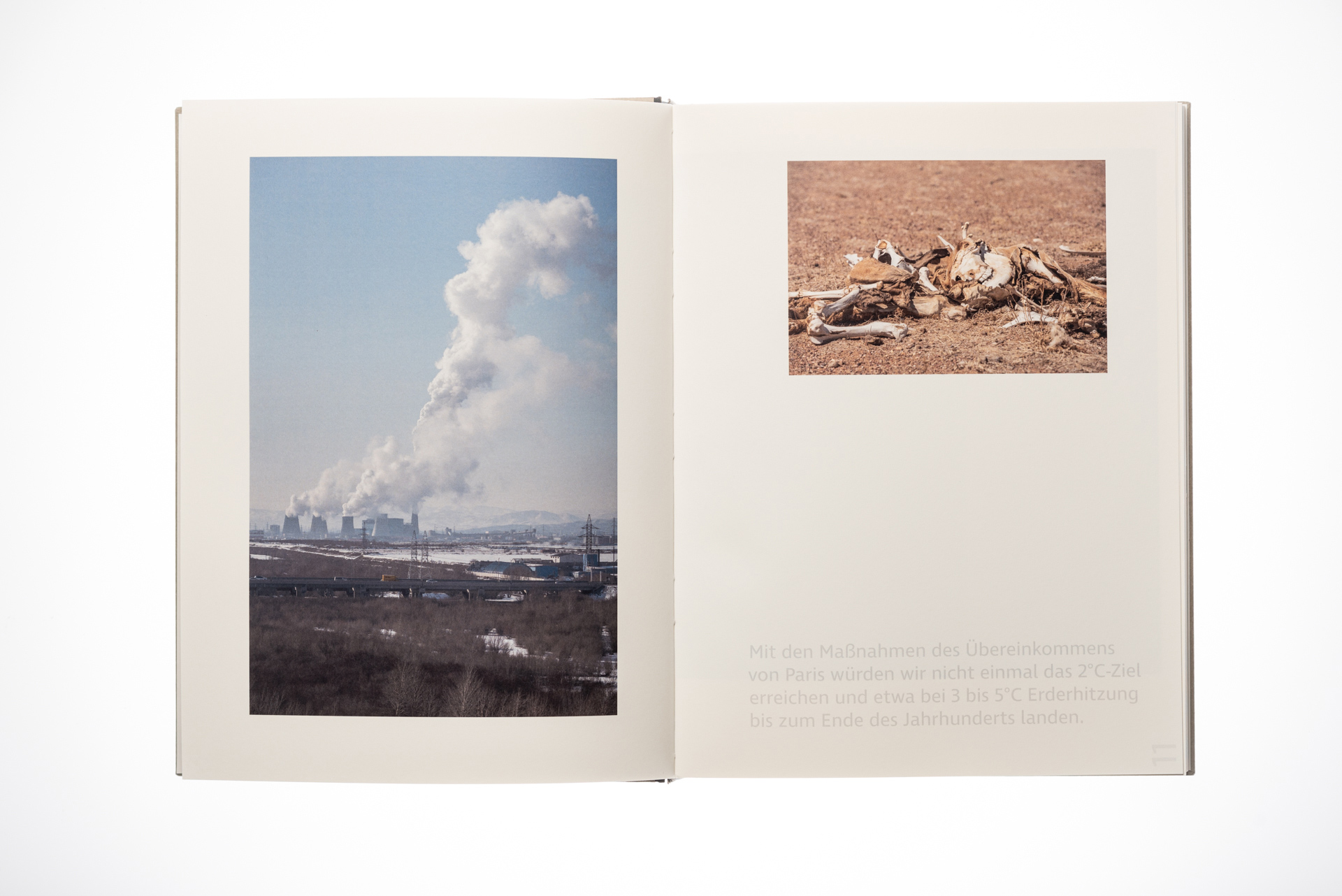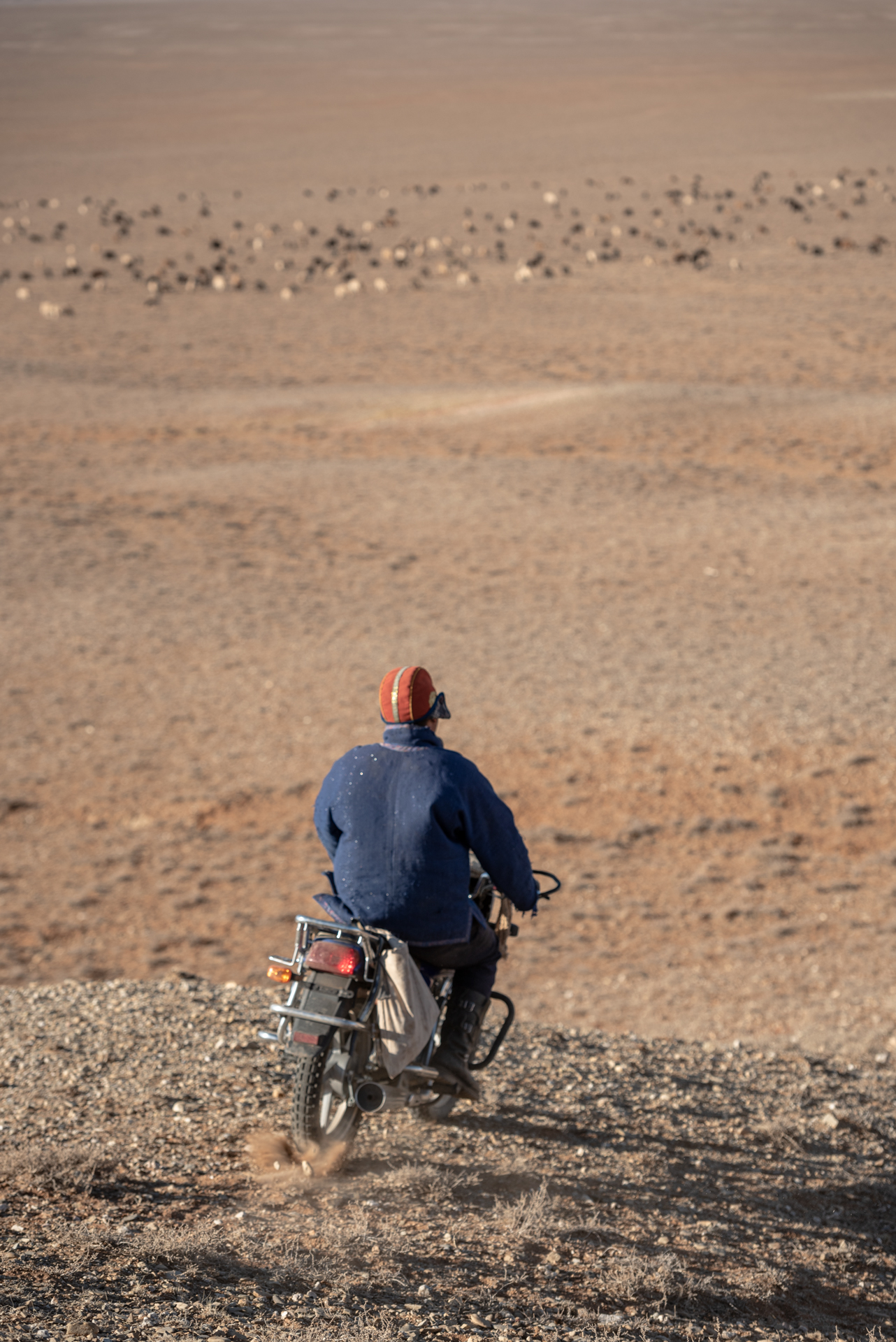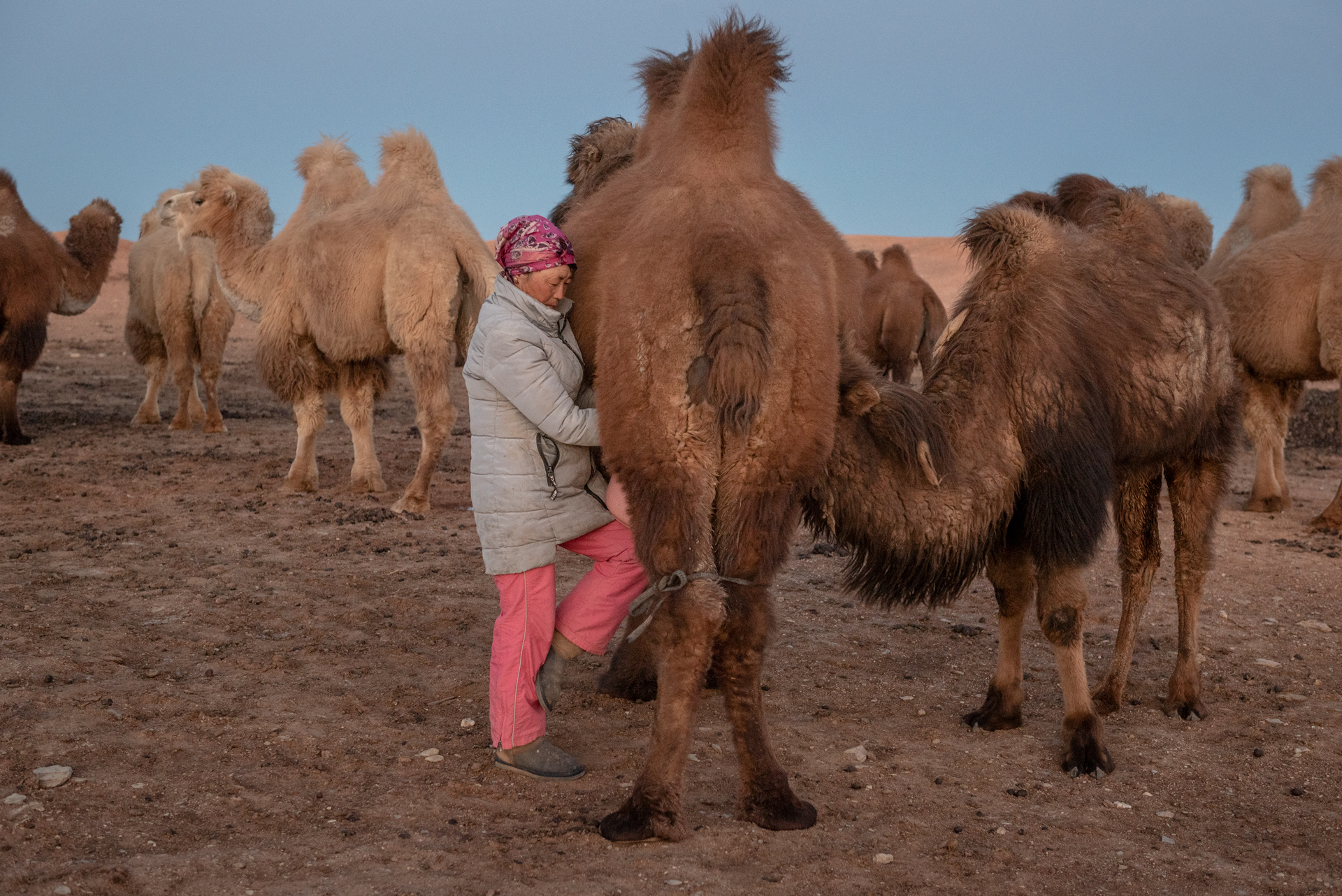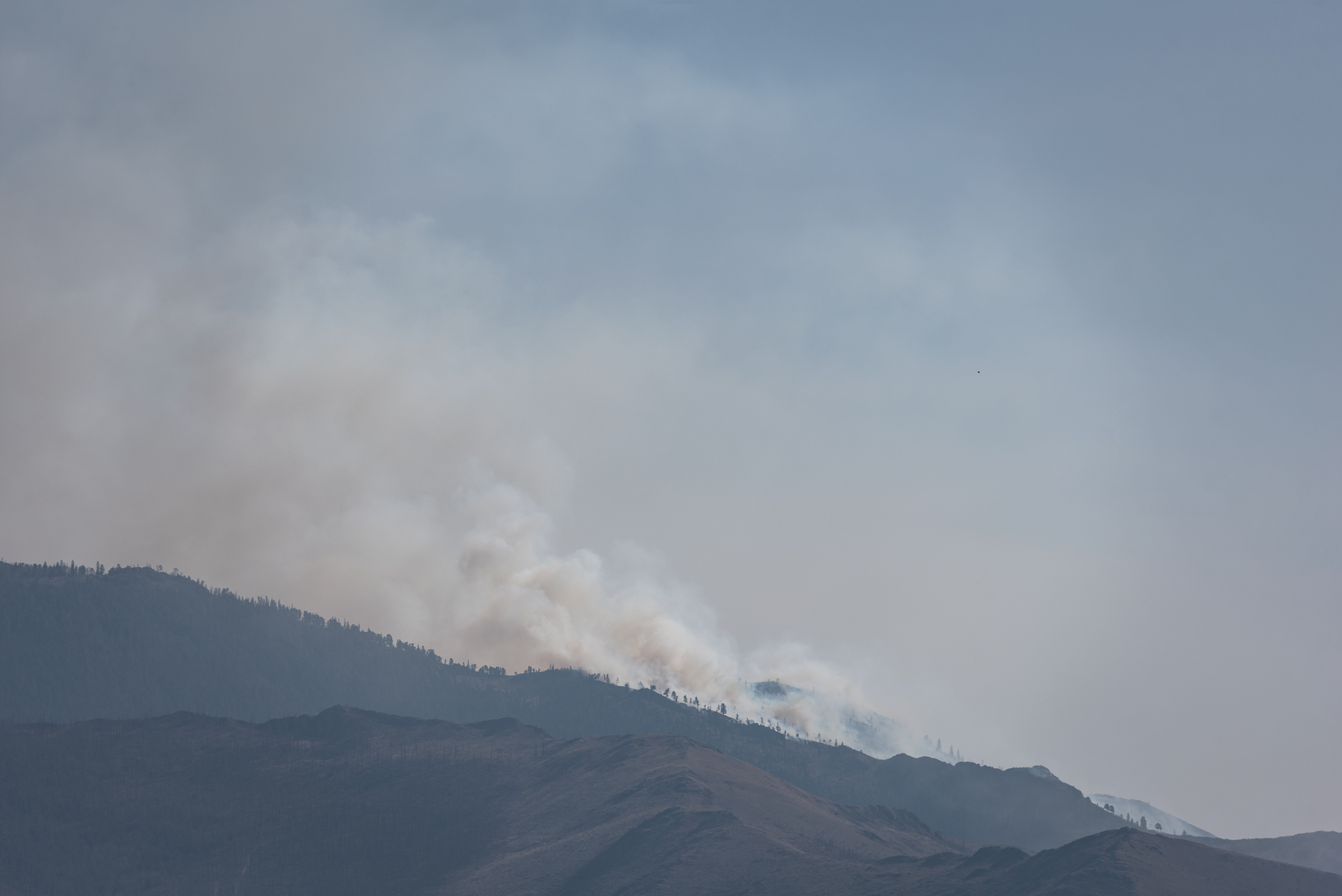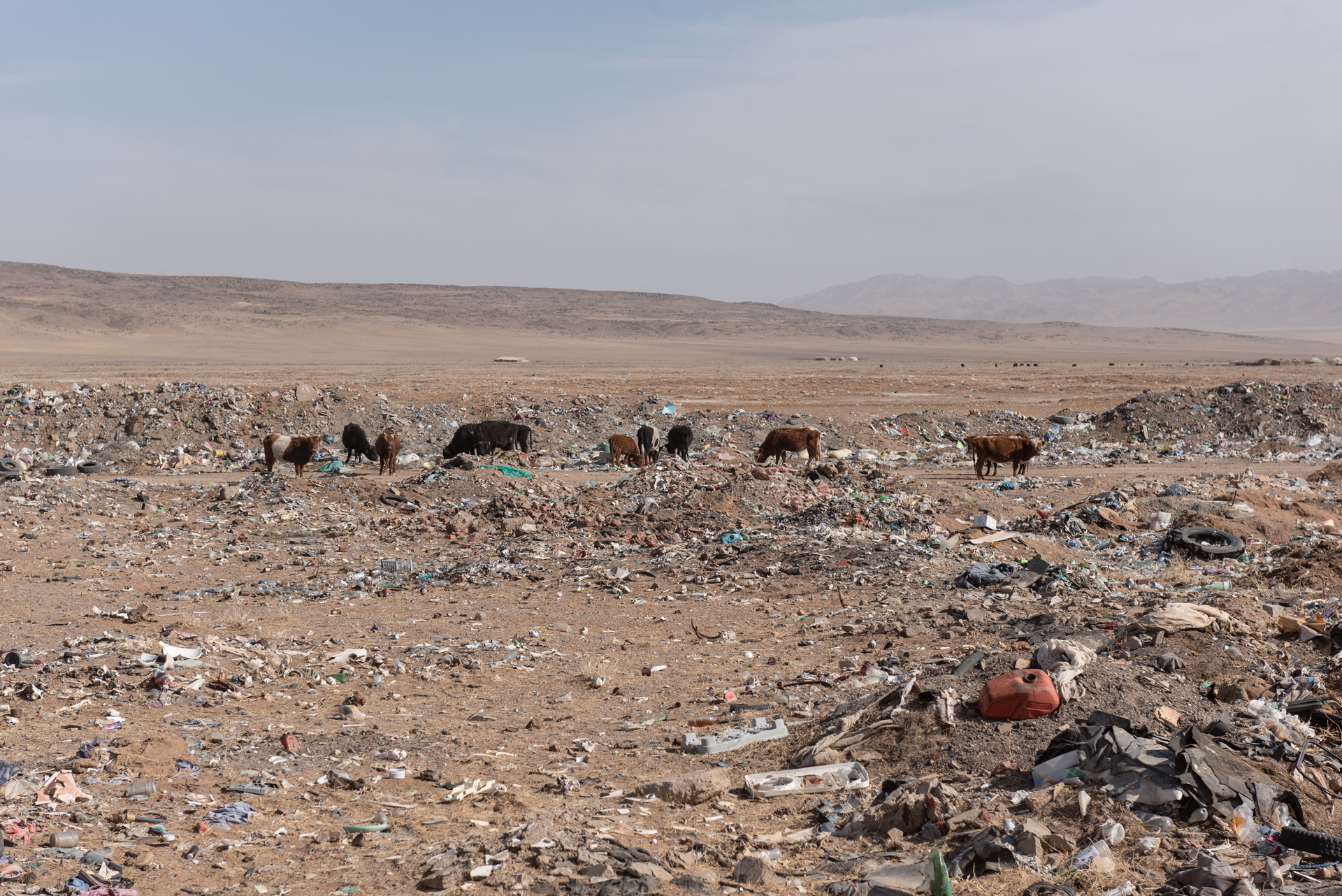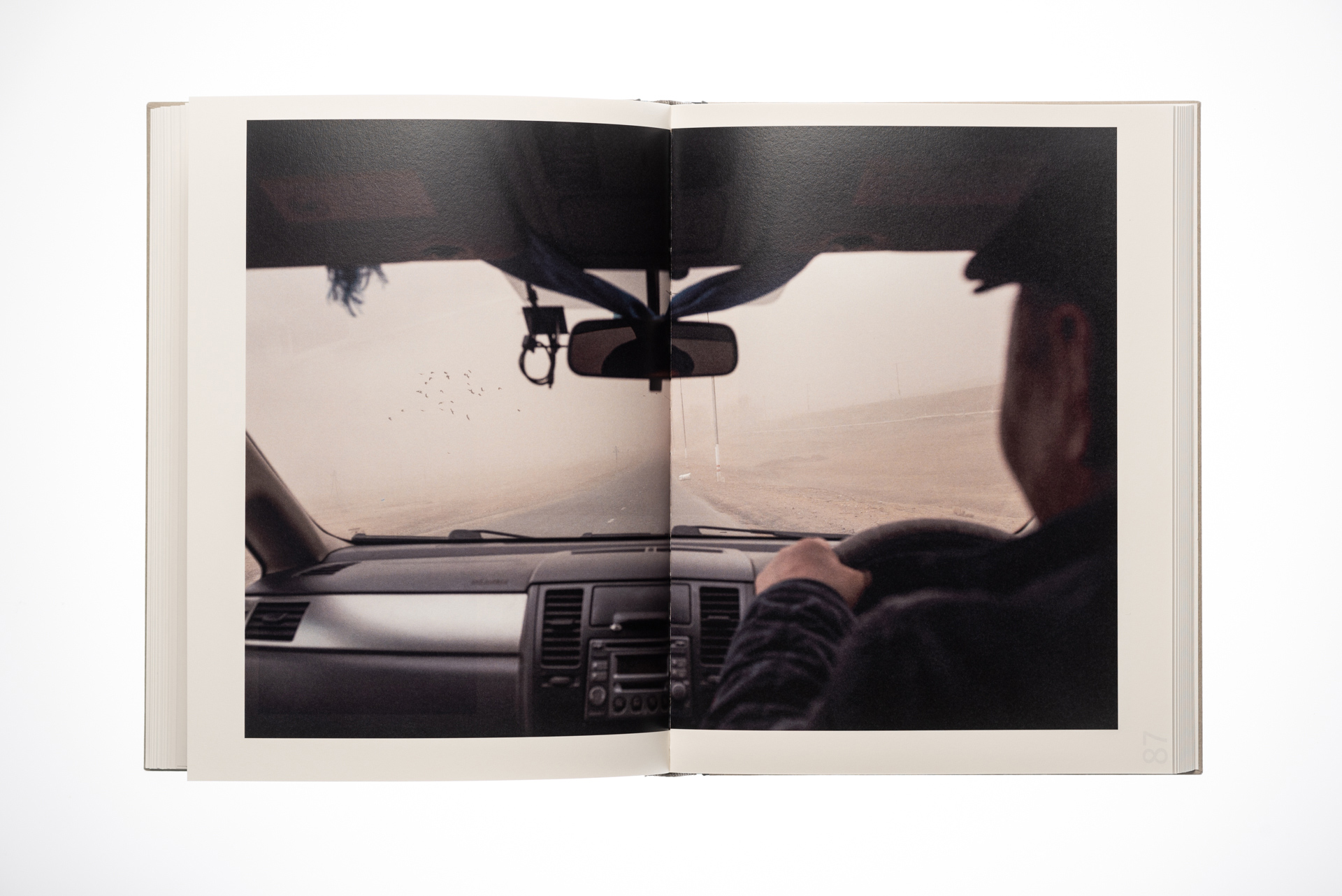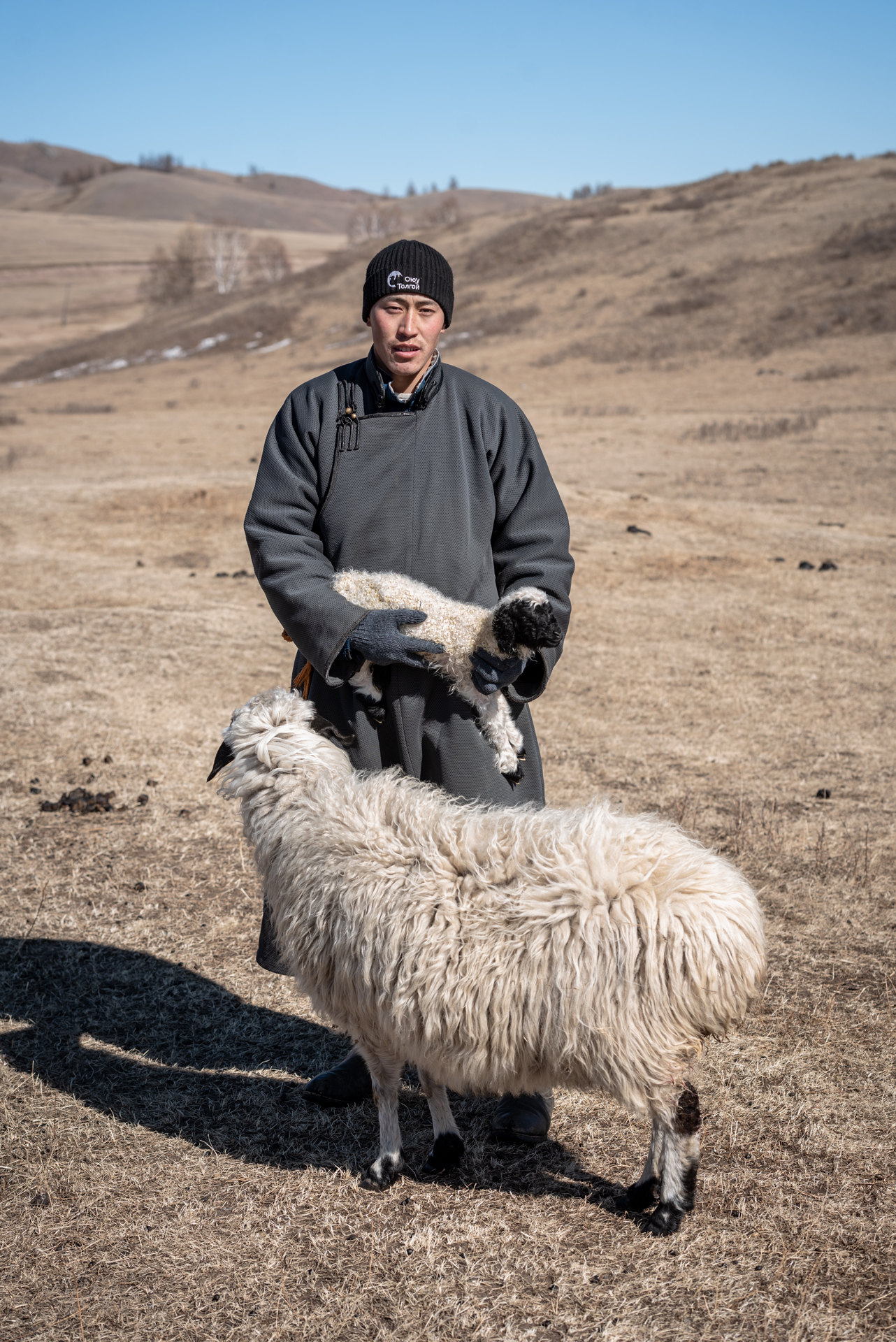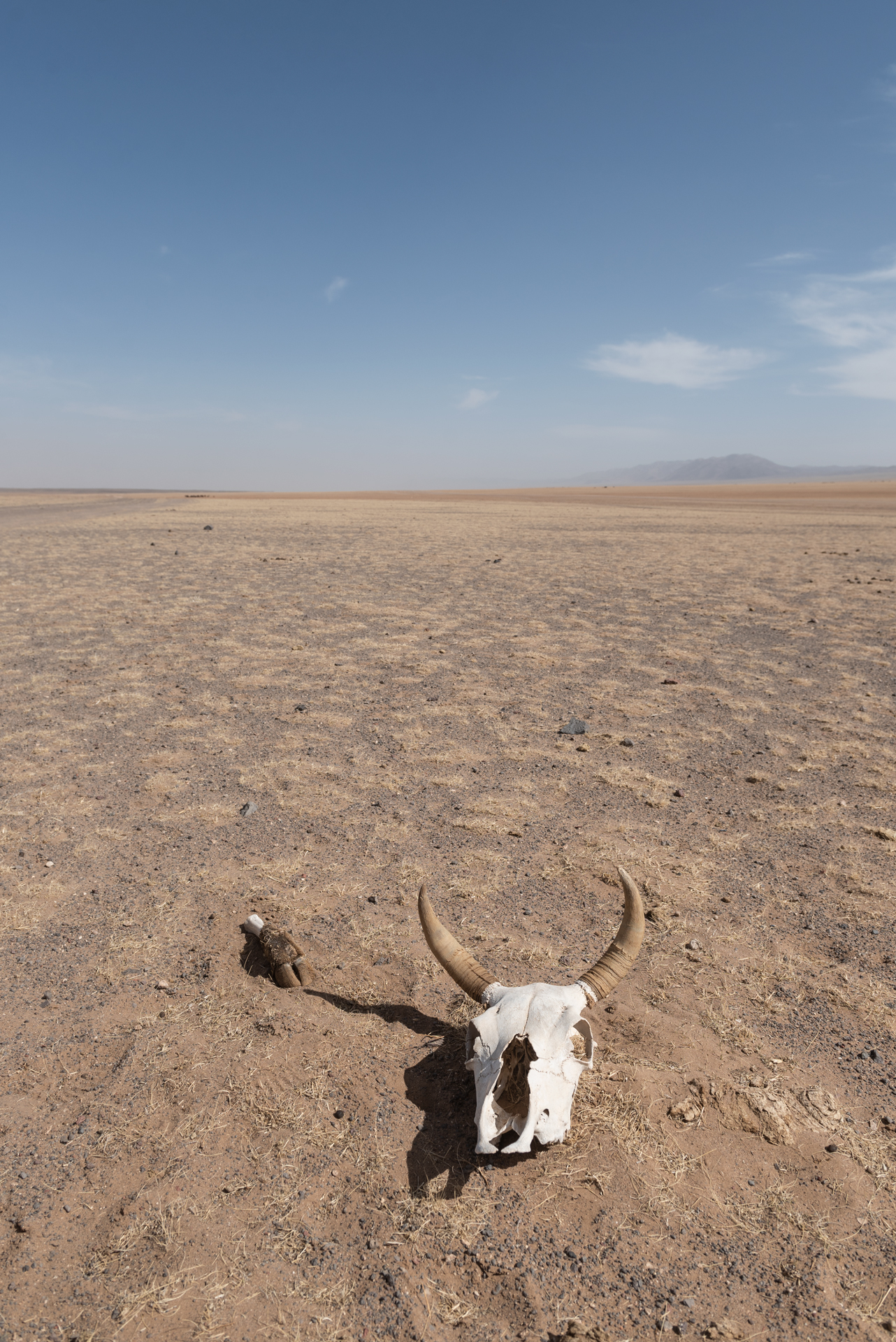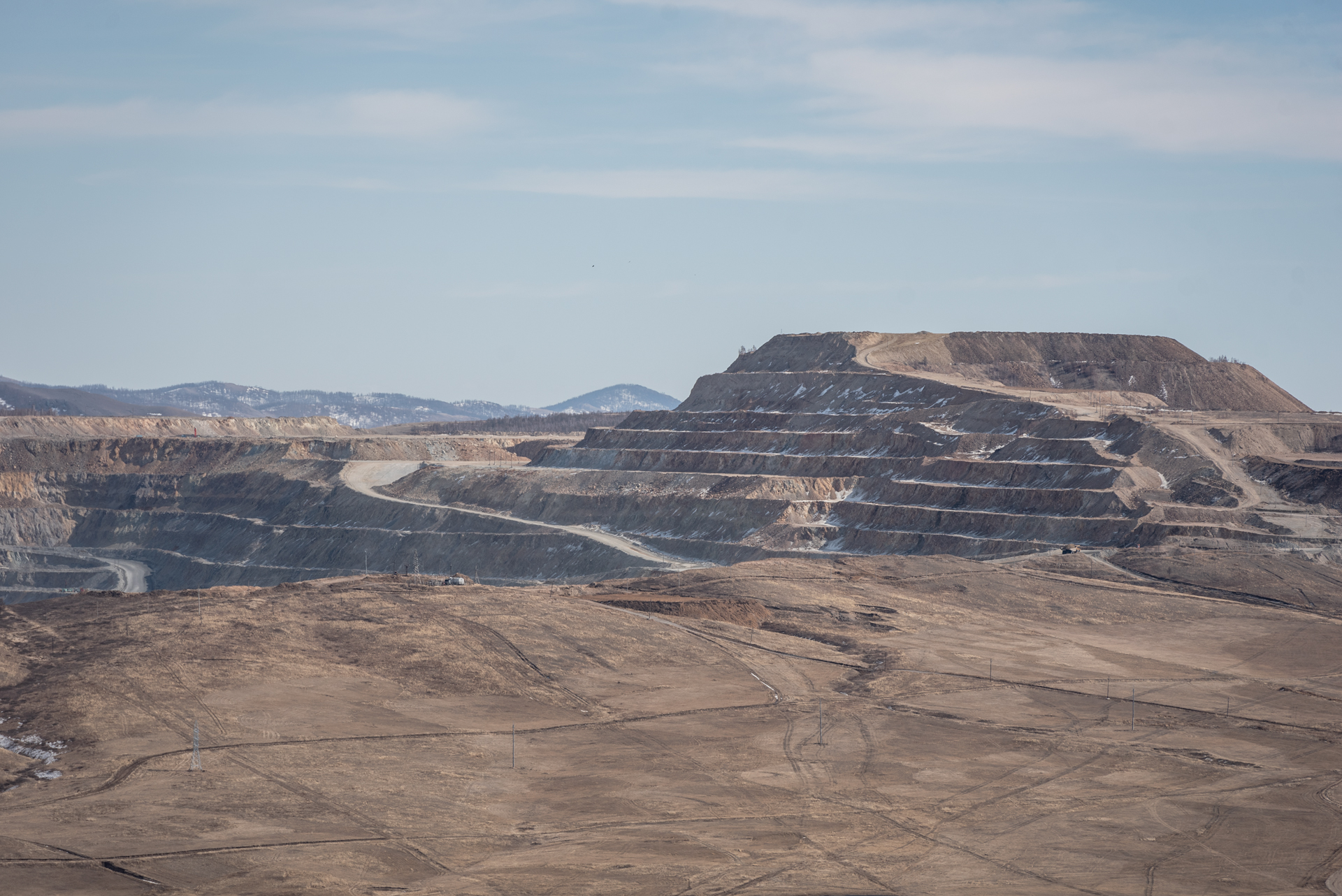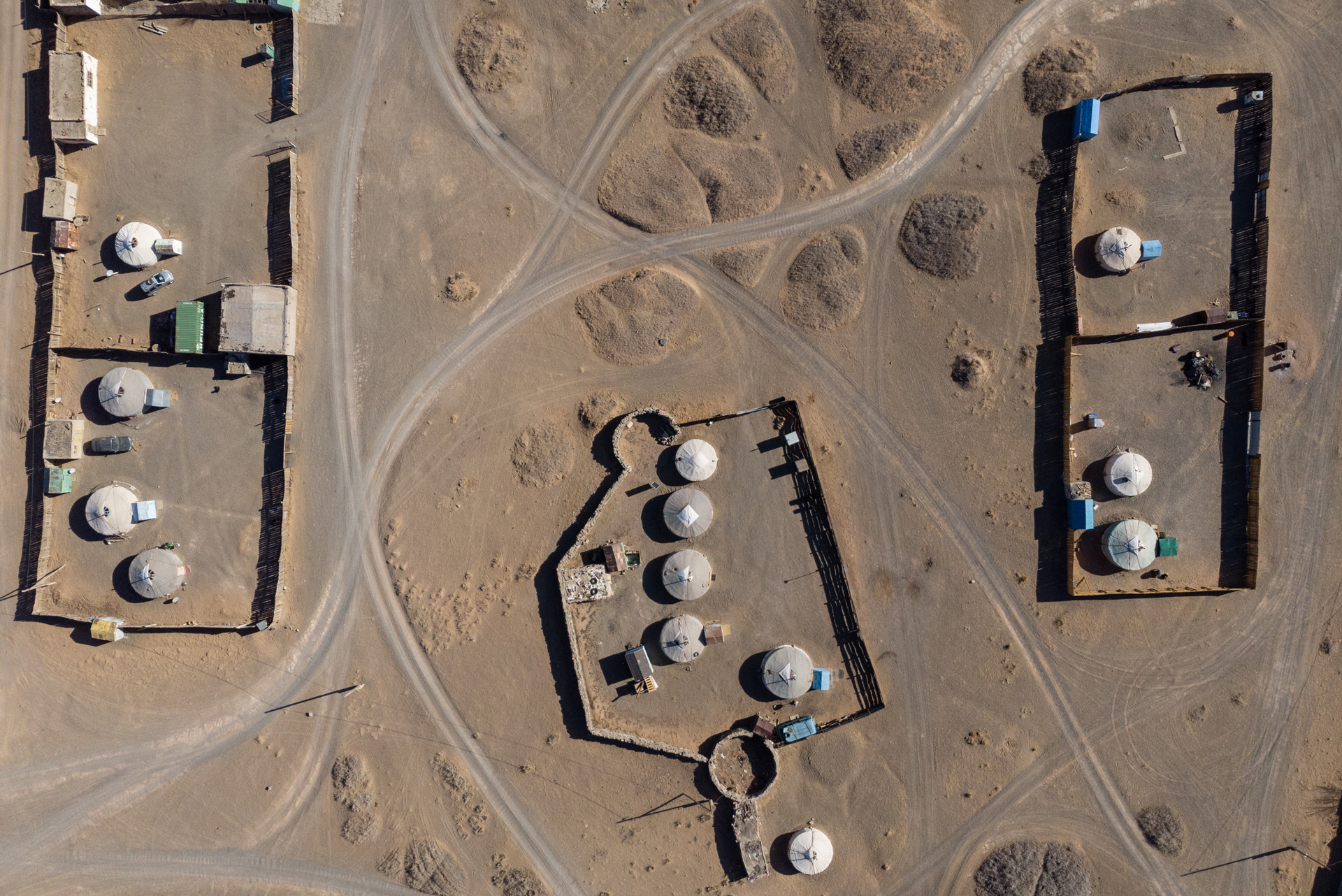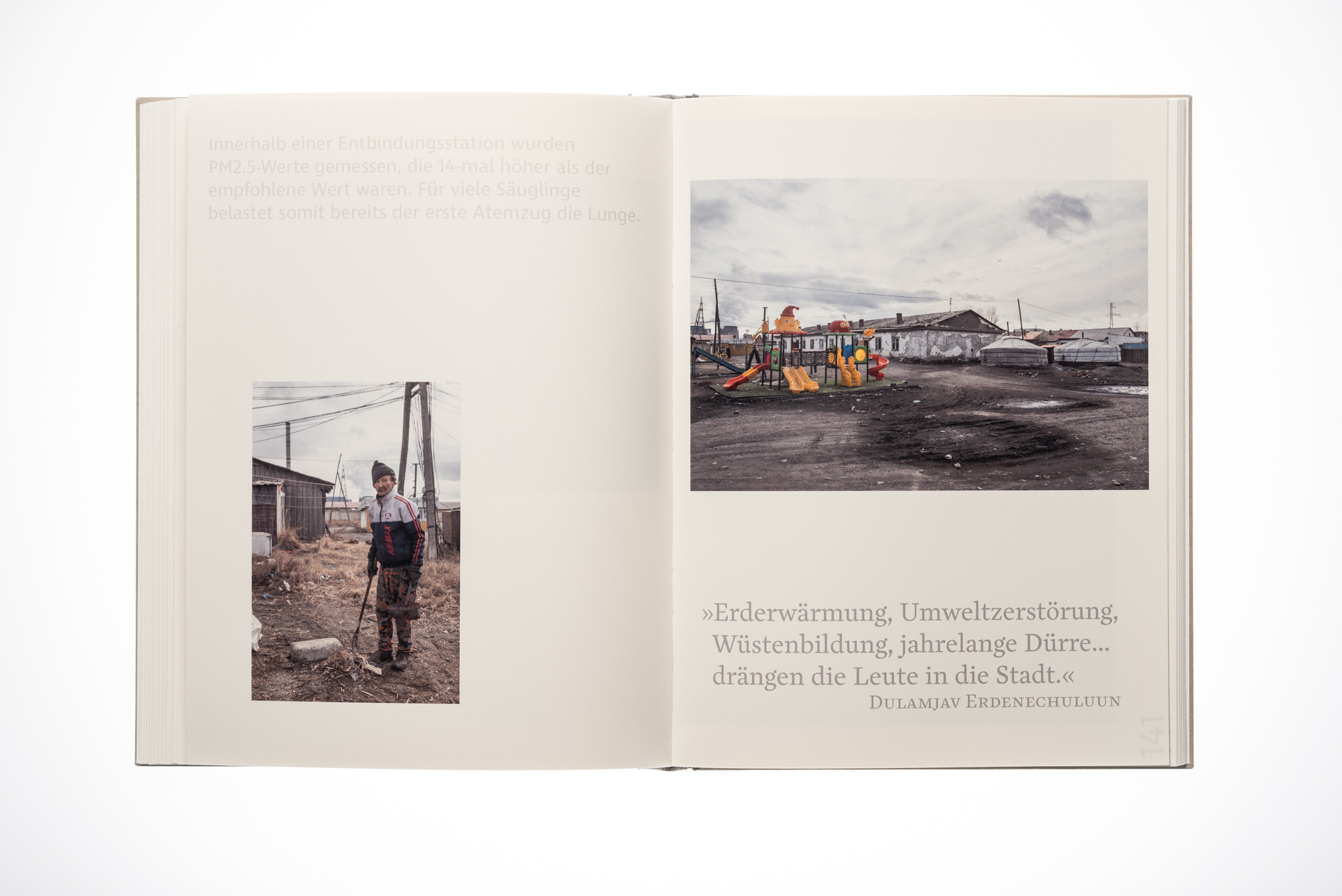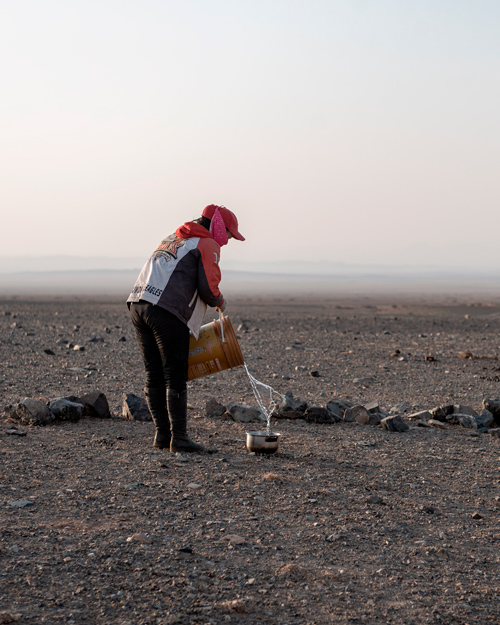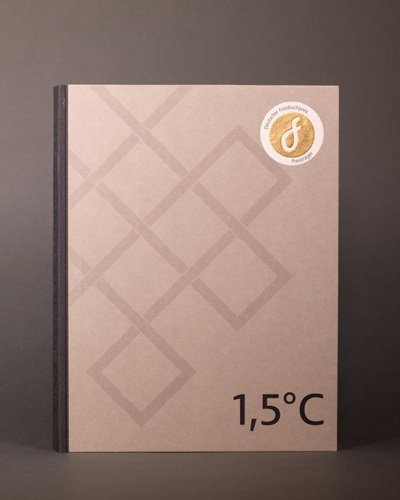
1,5°C
The Paris Agreement aims to ensure that the global increase in average temperature remains well below 2°C, but if possible, below 1.5°C compared to the 18th century. However, with the measures envisaged so far, not even 2°C would be reached, but rather about 3-5°C, by the end of the century. Even with today’s 1.2°C warming, there are some countries, which are suffering extremely from climate change, although they have had hardly any influence on the emissions over the last two centuries.In order to document the consequences of the climate emergency, and to create a better understanding of climate justice, I traveled to Mongolia for two months. A country that is seldomly in the spotlight, about which people in Europe hardly know anything, and which is already suffering from the consequences of unchecked global greenhouse gas emissions, to an extent like few other countries.
Since 1940 the average temperatures on the Mongolian plateau have already increased by 2.24°C. Over 77% of the Asian country is affected by desertification, the number of bushfires, sand and dust storms, floods, heavy rain, and harder winters – called dzuds – increased dramatically within the last decades. Since the late 80s, it is estimated that every tenth river and every fifth lake has dried out. Additionally, the groundwater levels are dropping all over Mongolia and cause water scarcity for the rural and urban population.
